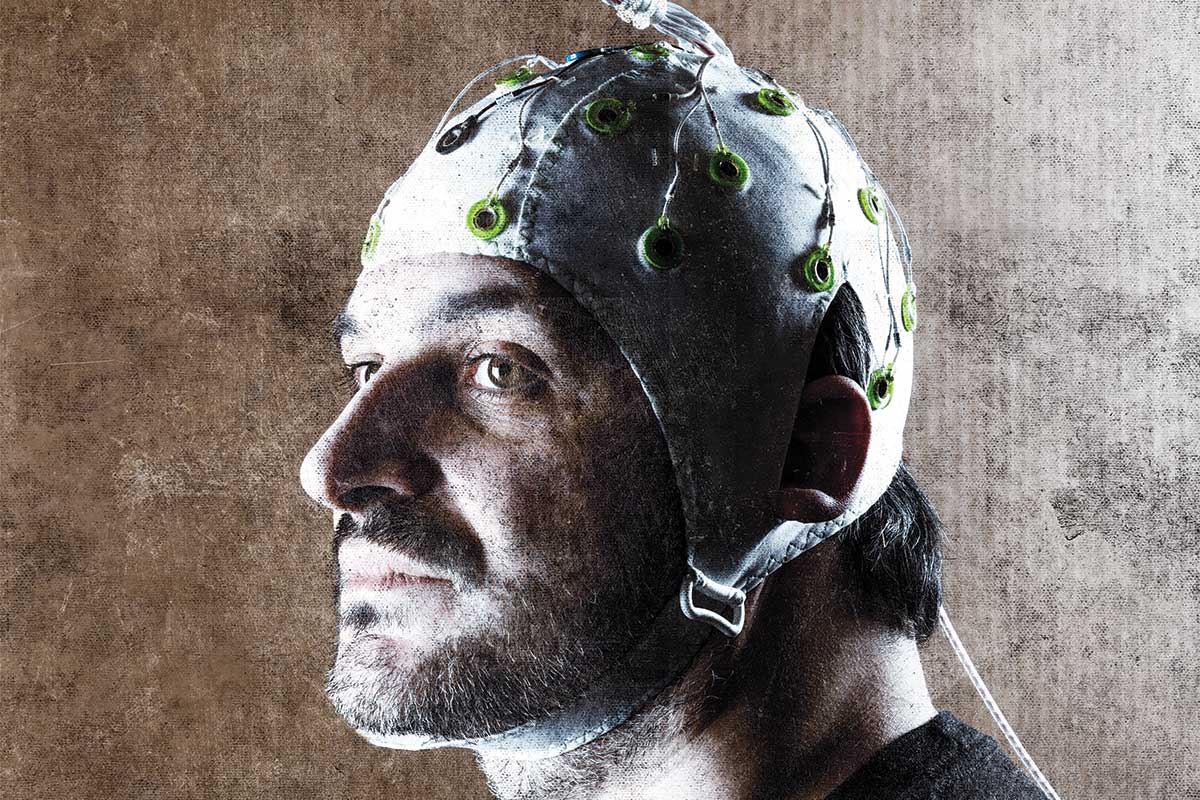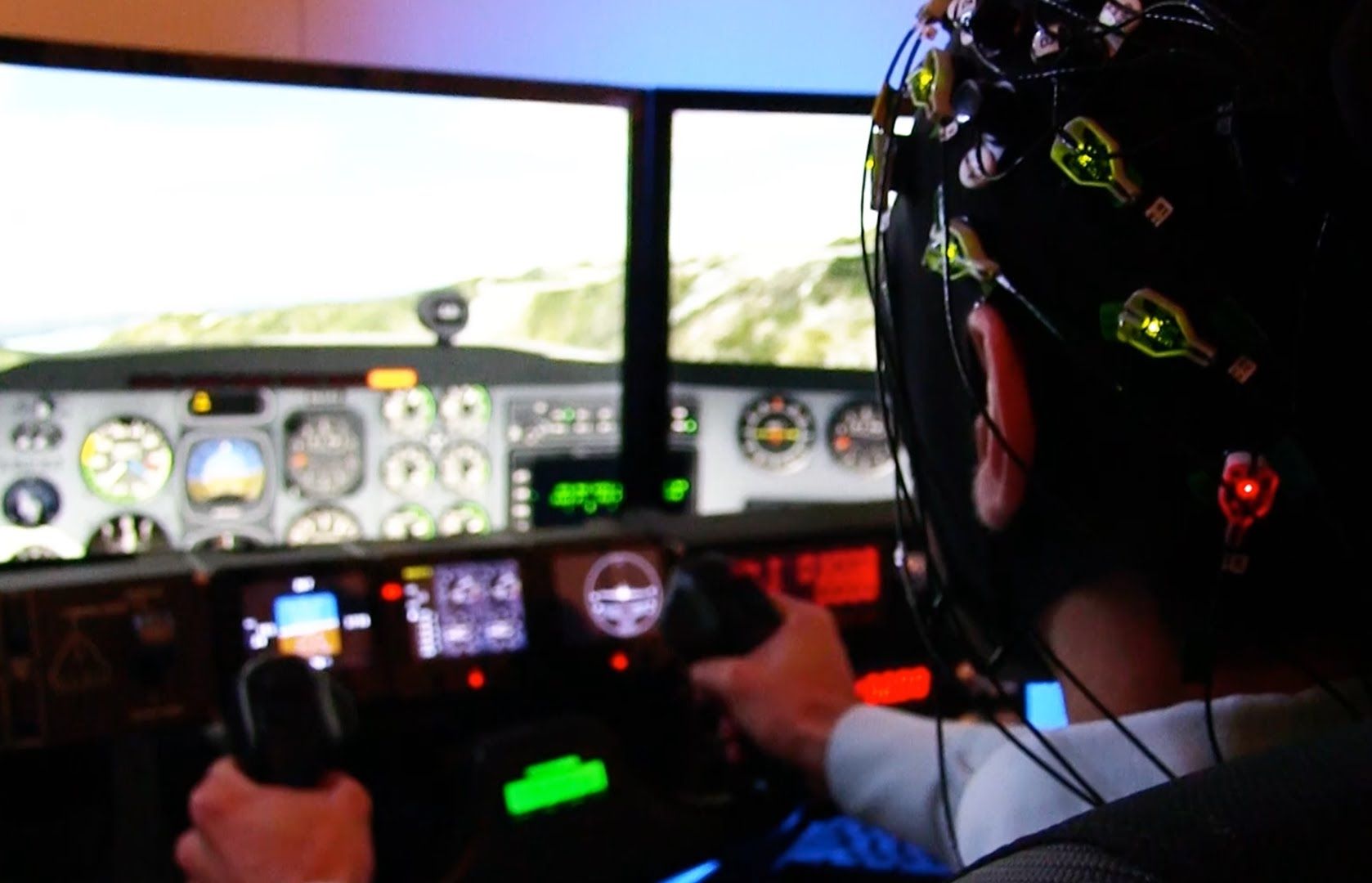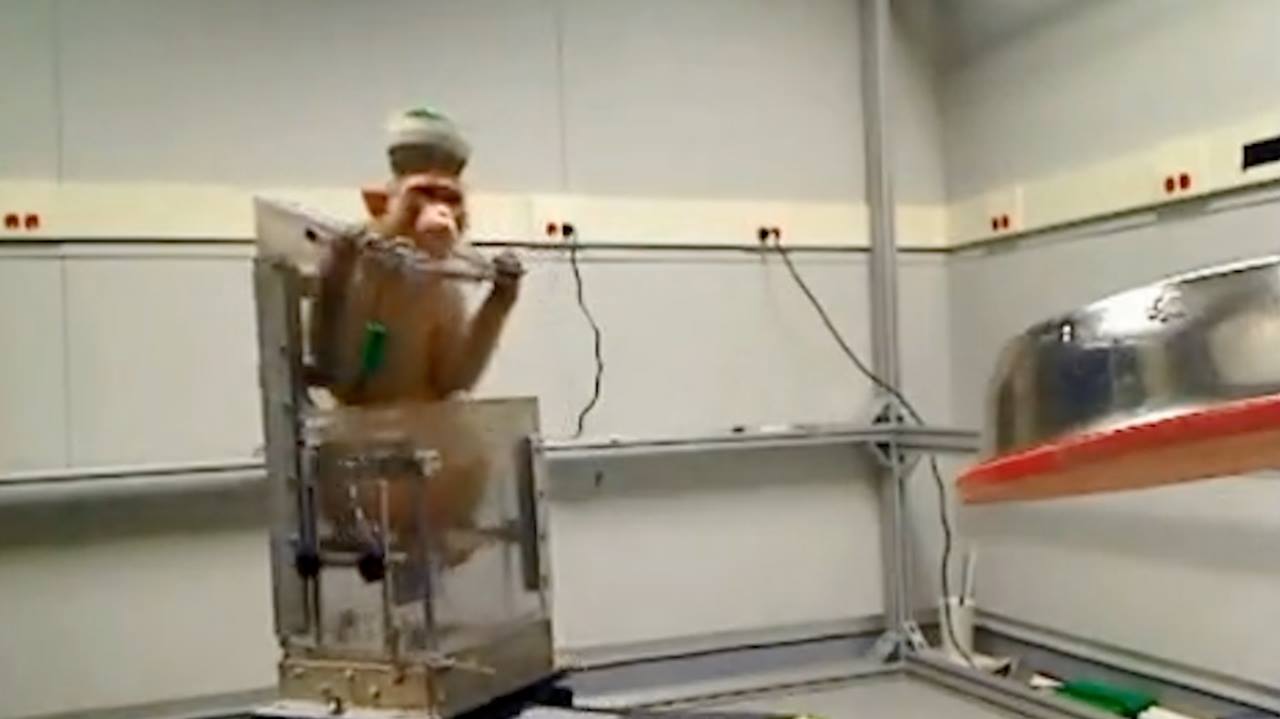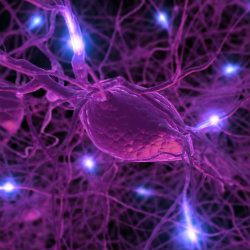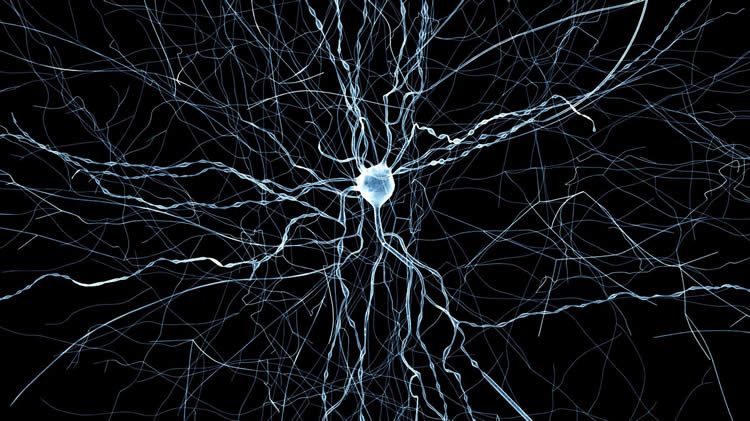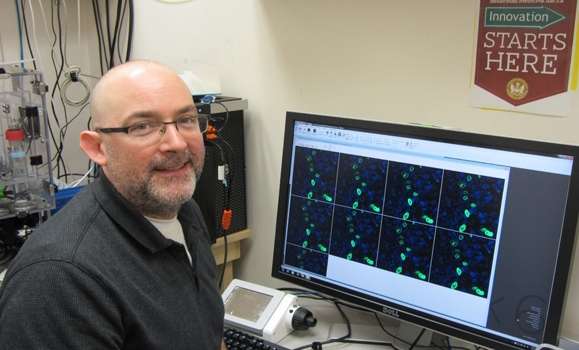Mar 6, 2016
I’m creating telepathy technology to get brains talking
Posted by Shailesh Prasad in categories: computing, neuroscience
Brain-to-brain communication is becoming a reality, says Andrea Stocco, who sees a future where minds meet to share ideas.
You are working on brain-to-brain communication. Can one person’s thoughts ever truly be experienced by another person?
Each brain is different. And while differences in anatomy are relatively easy to account for, differences in function are difficult to characterise. And then we have differences in experience – my idea of flying could be completely unlike your idea of flying, for example. When you think about flying, a bunch of associated experiences come into your mind, competing for your attention. We somehow need to strip away the individual differences to grasp the basic, shared factors.
Continue reading “I’m creating telepathy technology to get brains talking” »
